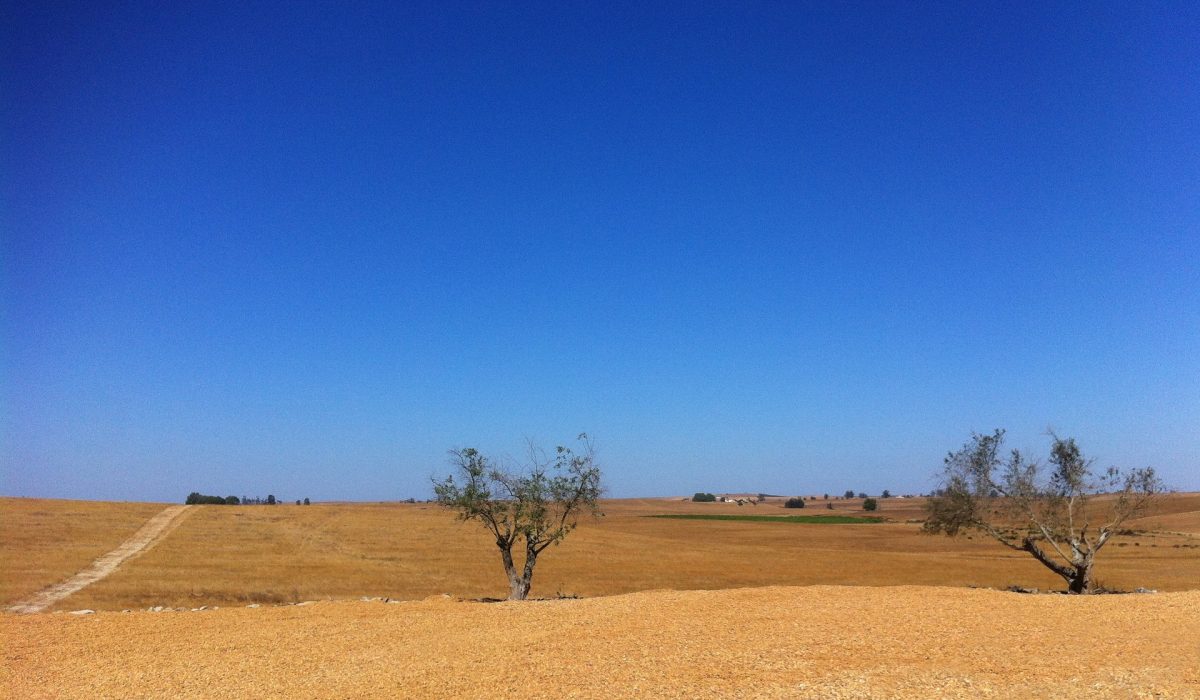Soil Carbon
Soil carbon refers to the solid terrestrial matter stored in global soils. This includes both soil organic matter and inorganic carbon as carbonate minerals.[1] Soil carbon is a carbon sink in regard to the global carbon cycle, playing a role in biogeochemistry, climate change mitigation, and constructing global climate models.


Although exact quantities are difficult to measure, human activities have caused substantial losses of soil organic carbon.[3] Of the 2,700 Gt of carbon stored in soils worldwide, 1550 GtC is organic and 950 GtC is inorganic carbon, which is approximately three times greater than the current atmospheric carbon and 240 times higher compared with the current annual fossil fuel emission.[4] The balance of soil carbon is held in peat and wetlands (150 GtC), and in plant litter at the soil surface (50 GtC). This compares to 780 GtC in the atmosphere, and 600 GtC in all living organisms. The oceanic pool accounts for 38,200 GtC.
About 60 GtC/yr accumulates in the soil. This 60 GtC/yr is the balance of 120 GtC/yr contracted from the atmosphere by terrestrial plant photosynthesis reduced by 60 GtC/yr of plant respiration. An equivalent 60 GtC/yr is respired from soil, joining the 60G tC/yr plant respiration to return to the atmosphere.[5][6]